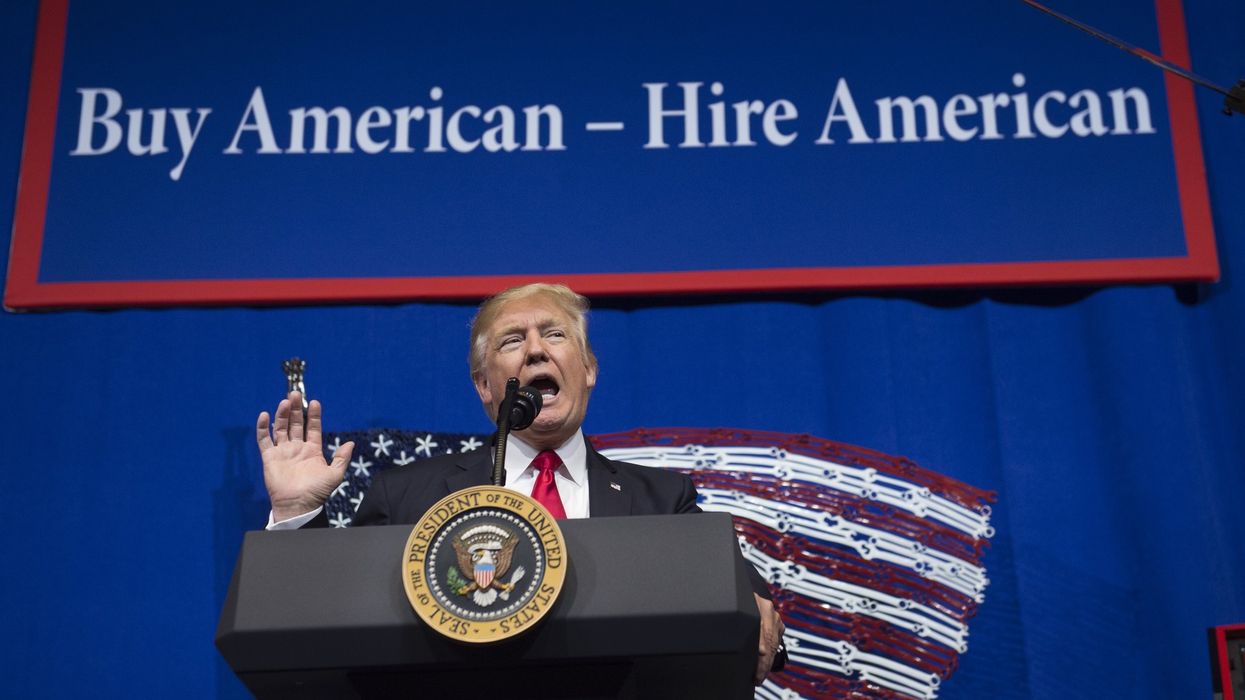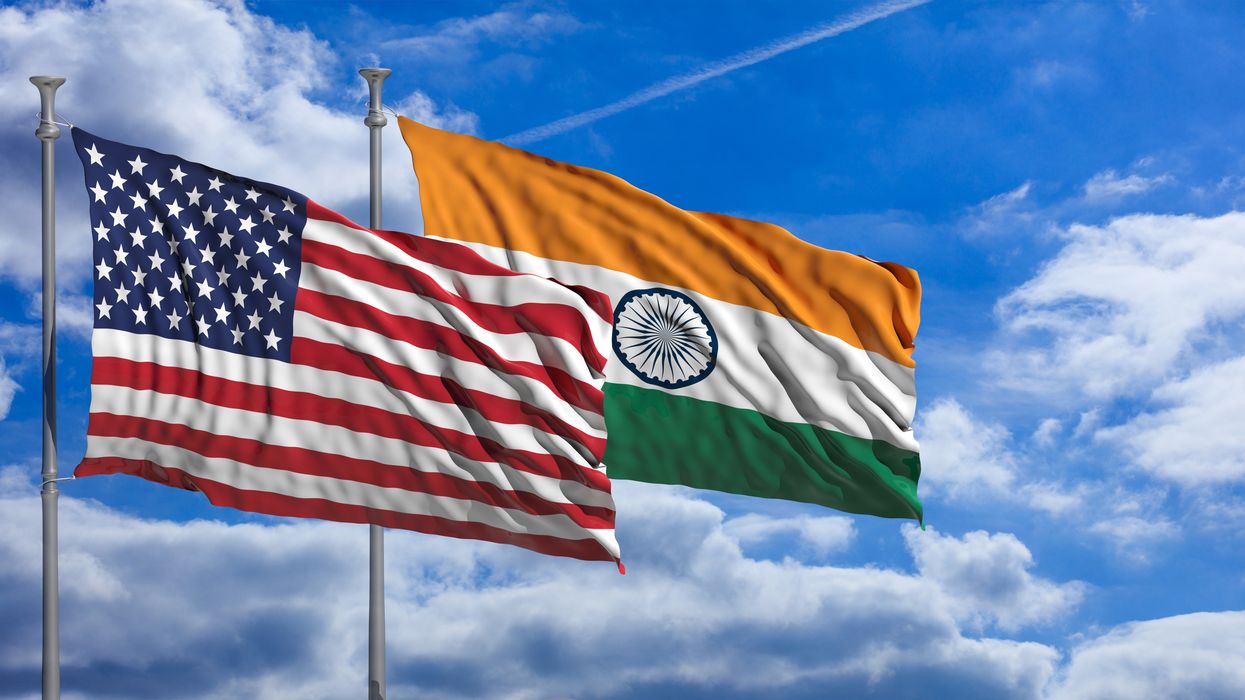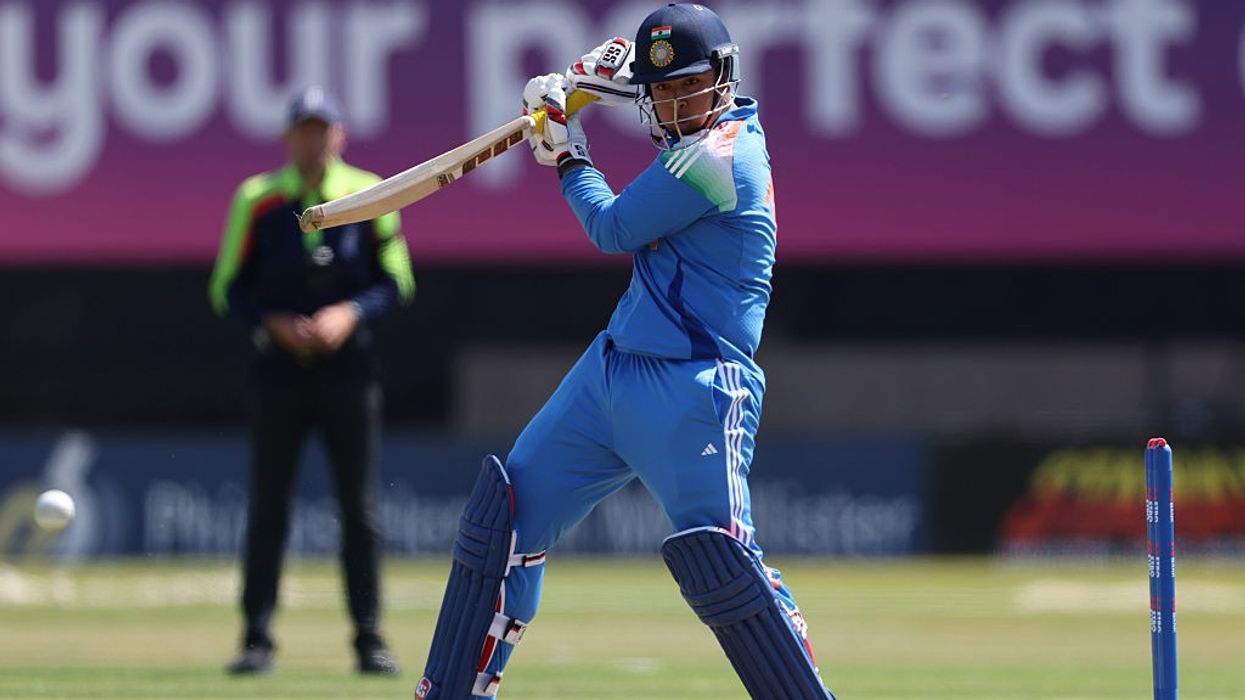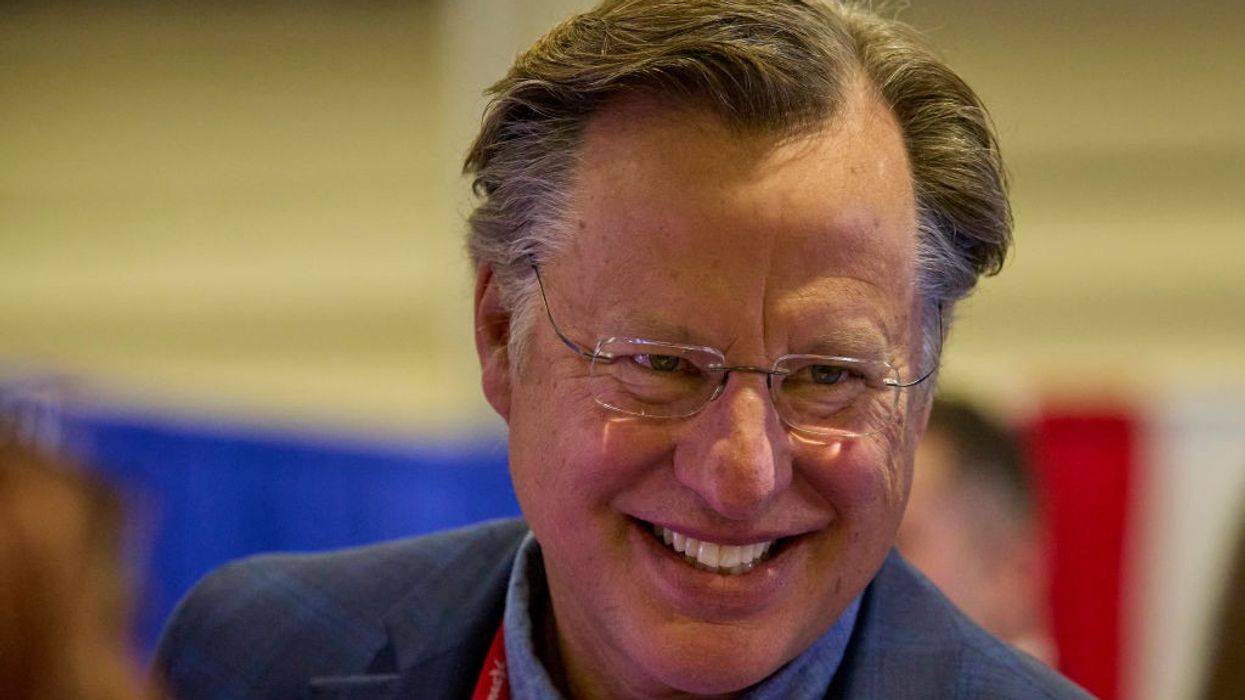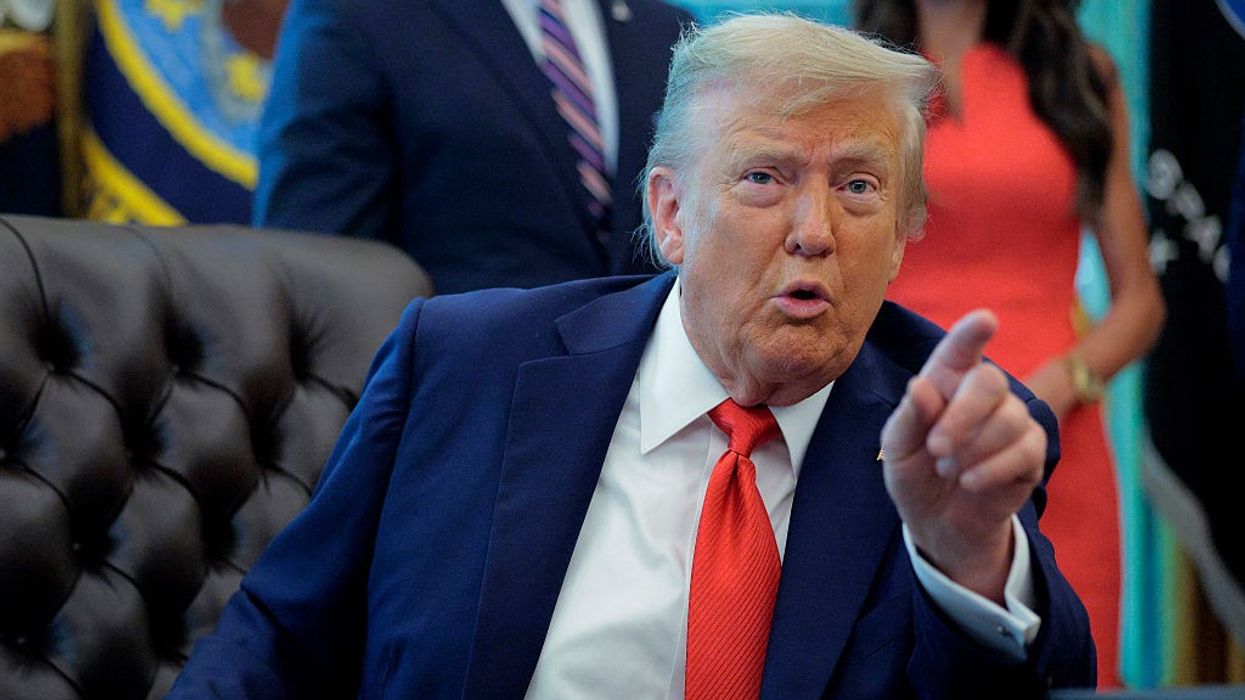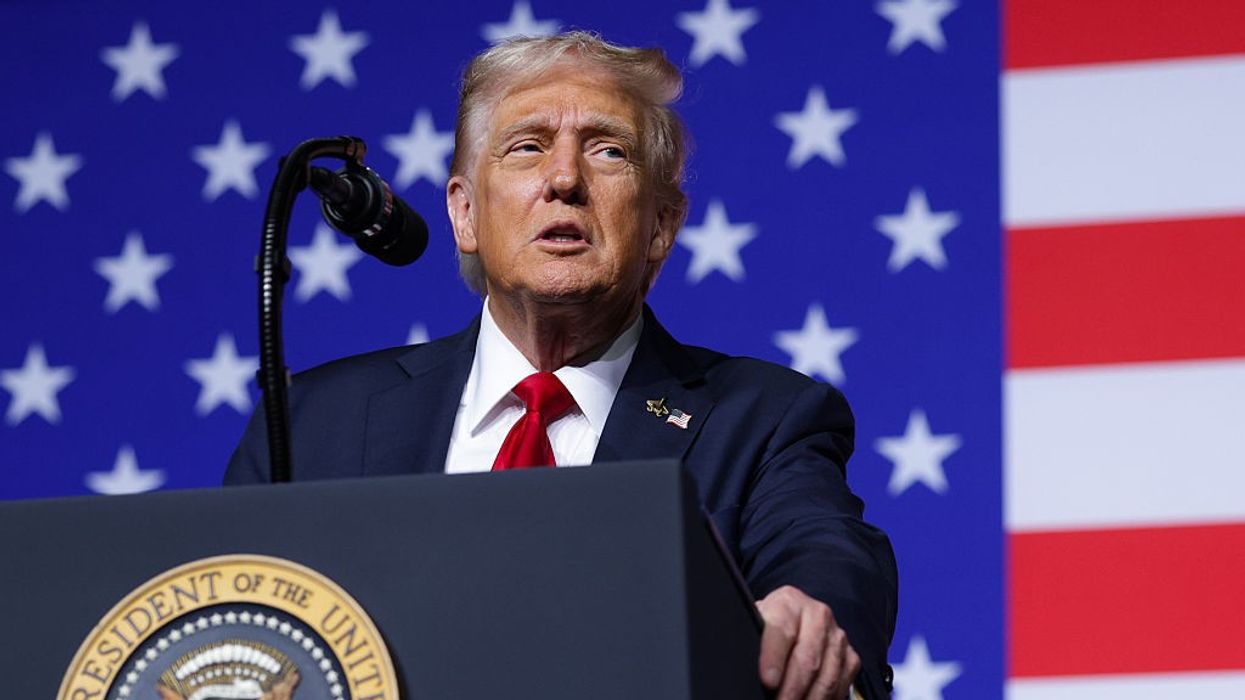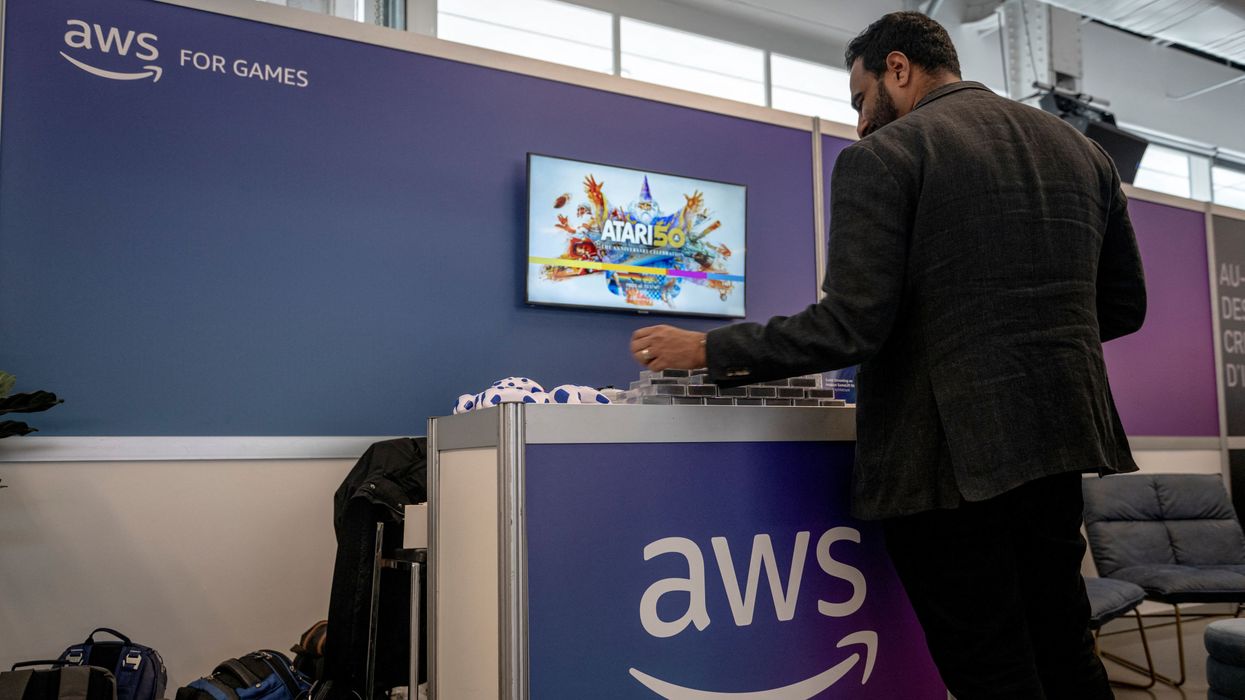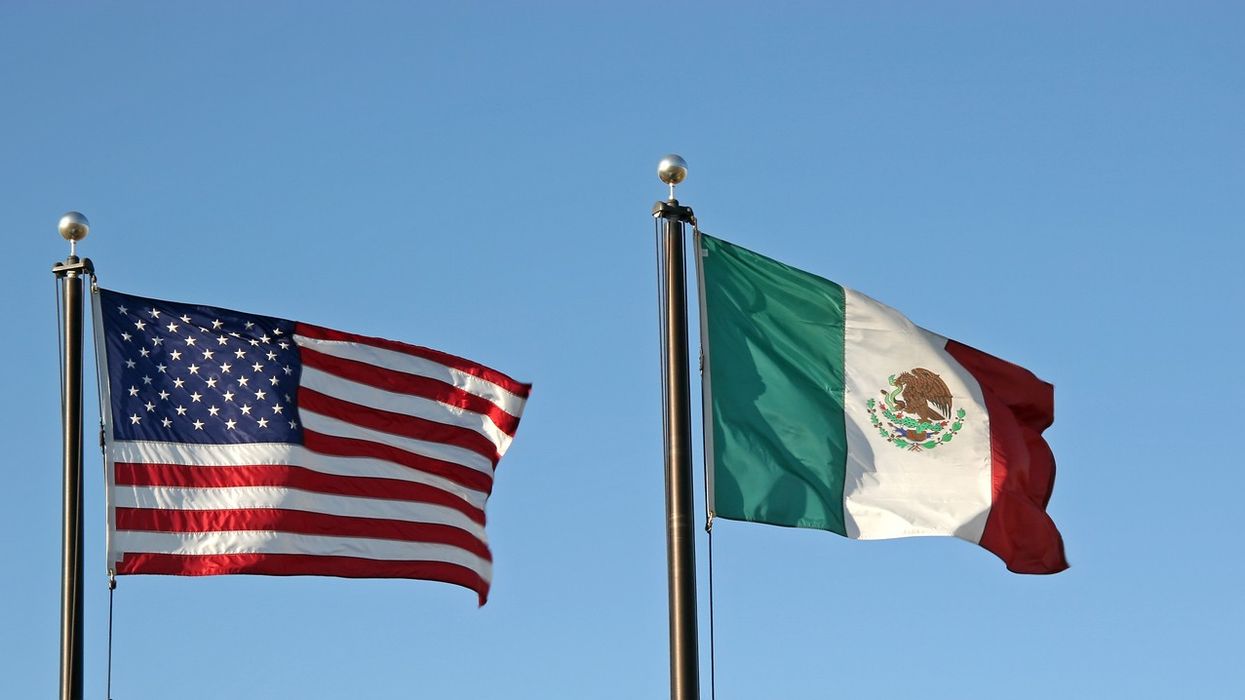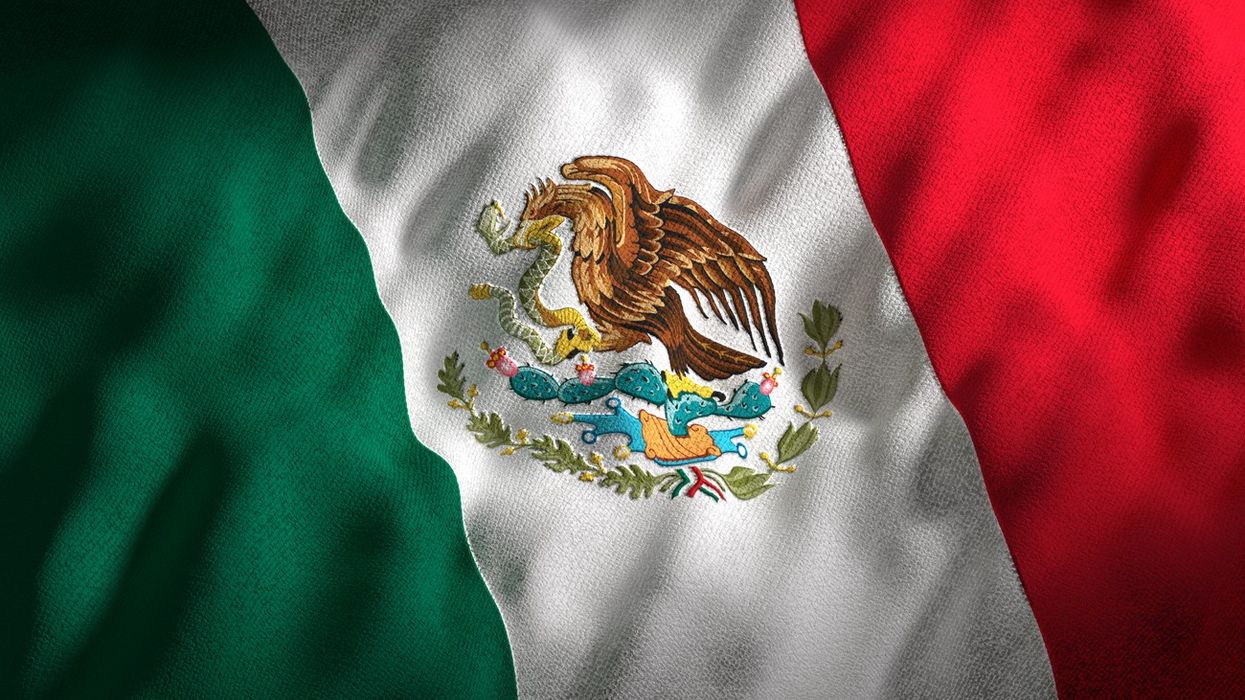India is making a determined push to finalize an initial trade agreement with the United States before July 9, a deadline set by the end of a 90-day pause on new reciprocal tariffs proposed by the US. Officials from both sides have indicated significant progress in the ongoing negotiations, raising hopes of an imminent announcement.
Progress in India-US Trade Talks
Commerce Secretary Sunil Barthwal confirmed on Monday (16) that talks with the US are advancing well. “We are working on an early trade deal with the US. The progress has been good. We are hopeful that this will be done within the timeline,” Barthwal stated, reflecting optimism about concluding the agreement before the July deadline.
Rajesh Agarwal, Special Secretary in the Department of Commerce and India’s chief negotiator for the Bilateral Trade Agreement (BTA), highlighted the recent six-day visit by the US negotiation team from June 5 to 11. “There is progress towards the target of finalising the first tranche of the trade deal by the fall of 2025,” Agarwal said.
Focus on Tariffs and Market Access
While specific details of the proposed trade pact remain confidential, officials have indicated that the deal will primarily focus on reducing tariffs and easing non-tariff barriers. The US has proposed a 26 per cent reciprocal tariff on Indian goods, including a 10 per cent baseline duty, if a deal is not reached by July 9. Both countries are expected to make concessions to increase market access and facilitate smoother bilateral trade.
The broader goal, as outlined by officials, is to double India-US bilateral trade to $500 billion by 2050. Achieving this will require not just tariff reductions but also addressing regulatory and procedural obstacles that have hindered trade growth in the past.
US Administration’s Approach
Despite the current US administration lacking a Congressional mandate for formal trade agreements, it is expected to use executive measures to lower tariffs and finalize the pact with India. This pragmatic approach aims to avoid the imposition of steep reciprocal tariffs while maintaining momentum in the bilateral relationship.
India’s Parallel Push with the European Union
Simultaneously, India is accelerating efforts to conclude a free trade agreement (FTA) with the European Union. The next round of India-EU negotiations is scheduled for July 7, with both sides reporting increased momentum and frequent meetings.
Commerce and Industry Minister Piyush Goyal recently expressed confidence that the FTA with the EU could be sealed before the end of 2025, noting that more than half of the negotiation chapters have been finalized and that teams are “roughly 90 percent ready on market-access provisions”.
Modi reiterated on Monday (16) that India is “in the process of finalizing a mutually advantageous trade agreement between India and the EU by the conclusion of this year,” highlighting the strategic importance of these negotiations.
India’s dual-track approach—seeking an early trade deal with the US while fast-tracking an FTA with the EU—underscores its commitment to expanding global trade ties and securing favorable market access for its exporters. With crucial deadlines approaching, the coming weeks will be pivotal for India’s international trade strategy.


